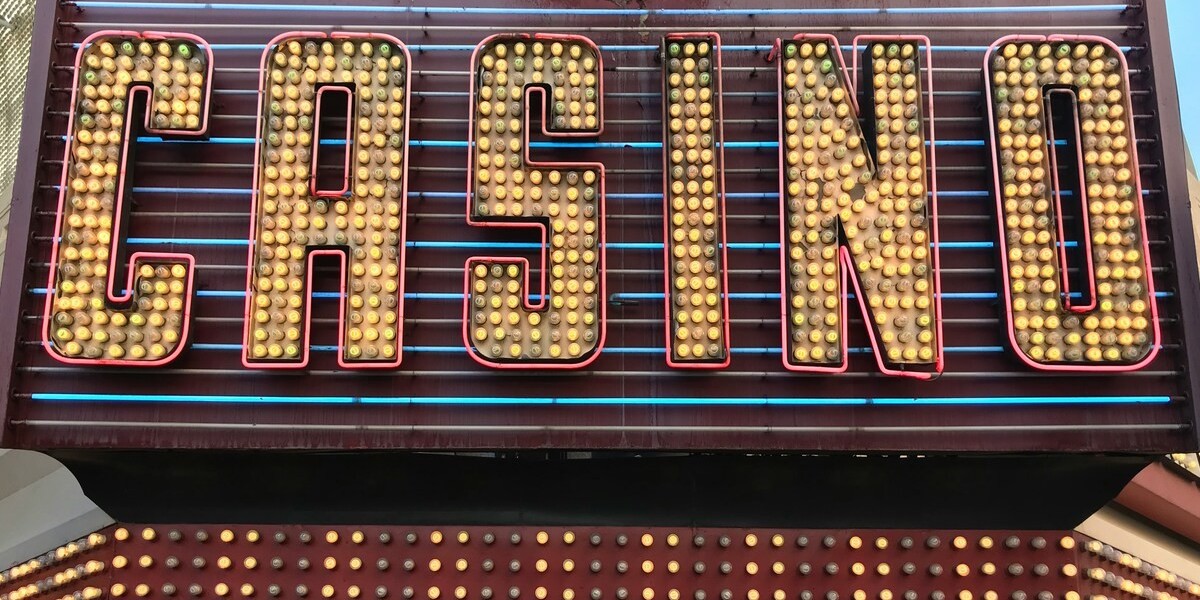A Cultural Statement Sewn Into Every Stitch
In the ever-evolving universe of streetwear and fashion subcultures, the Loverboy hat is more than just a headpiece—it’s an emblem of rebellion, art, and individuality. Originating from the audacious mind of Charles Jeffrey, the founder of the London-based label Charles Jeffrey LOVERBOY, this accessory encapsulates the brand’s ethos: a wild, unapologetic celebration of queerness, punk, and theatrical self-expression. Unlike the mass-produced, logo-heavy pieces flooding the market, the Loverboy hat carves out a unique space by merging high fashion with raw creativity, inviting the wearer to enter a fantasy world that disrupts mainstream aesthetics.
This hat is not for the faint-hearted. It's for those who dare to dress like they dream, whose fashion sense is a mirror of their inner world. Whether it’s the brand’s now-iconic horned balaclava or its knitted beanies with exaggerated silhouettes, the Loverboy hat doesn’t whisper style—it shouts it. It carries with it a legacy of counterculture, identity, and performance art, all stitched into its often whimsical, sometimes anarchic form.
The Origin Story: From Scottish Clubs to Global Catwalks
To understand the impact of the Loverboy hat, one must delve into its roots. Charles Jeffrey began his journey not in a fashion house, but in the pulsating heart of London’s queer nightlife. While studying at Central Saint Martins, he hosted LOVERBOY club nights that became legendary among the city’s underground creatives. These events weren’t just parties—they were immersive experiences, blending fashion, music, and performance in a way that challenged conventional ideas of gender and self-expression.
From these chaotic, art-fueled nights came the inspiration for the Loverboy brand. The hat, much like the brand itself, became a wearable piece of that ethos. It’s infused with the energy of dance floors, protest marches, drag shows, and gallery openings. It’s not merely a fashion accessory; it’s a cultural artifact that grew from a movement driven by queerness, resistance, and youth-fueled audacity.
Design Beyond Convention: Playful, Provocative, Powerful
One glance at the Loverboy hat, and it becomes evident that traditional design rules were joyfully discarded. There’s an intentional playfulness in its construction—often resembling something out of a surrealist painting or a fantasy anime. Whether it’s the exaggerated horns on the knit balaclavas or the jester-like points on some of the more flamboyant models, these pieces don’t aim to blend in. They aim to provoke, to initiate conversation, to challenge the observer.
Materials range from thick, hand-knit yarns to stretch fabrics and felted wools, often clashing textures to create a sense of chaos—beautiful, deliberate chaos. Bright primary colors, stripes, tartans, and even glittery embellishments find their home on these hats. And yet, amid the visual cacophony, there’s a meticulous artistry that reveals the high level of craftsmanship behind the brand. This juxtaposition of childish whimsy and high fashion elegance is what makes the Loverboy hat so magnetic.
An Emblem of Queer Identity and Freedom
The Loverboy hat is intrinsically linked to the queer experience—not in a tokenistic or commercial sense, but in its very DNA. Charles Jeffrey, being openly queer himself, uses fashion as a form of storytelling and liberation. The headwear his brand produces serves as a metaphorical crown for the queer community—loud, proud, and unafraid.
Wearing a Loverboy hat isn’t about following a trend; it’s about broadcasting a message. It tells the world, “This is who I am, and I won’t apologize.” It breaks down the gender binary not just in form but in function—many of the pieces are purposefully genderless, created for anyone bold enough to wear them. They reject the notion that fashion must be palatable to be powerful.
In queer spaces, especially, the Loverboy hat has become a signifier—a rallying point, a piece of visual language understood by those in the know. It’s a nod to the wearer's awareness of fashion as both armor and art, costume and conviction.
The Runway to the Real World: Who’s Wearing It and Why
Though its origins are rooted in underground club culture, the Loverboy hat has found its way into the hands (and onto the heads) of fashion’s elite and mainstream celebrities alike. From Harry Styles to Olly Alexander, the hat has graced countless photo shoots, music videos, and even red carpet events. But despite this celebrity endorsement, it hasn’t lost its edge. It hasn’t been diluted or massified to the point of losing its original spirit.
Why are people drawn to it? The answer lies in its defiant uniqueness. In an age where fast fashion dominates and individuality is often sacrificed for likes and algorithms, the Loverboy hat is a beacon of creative authenticity. People wear it because it helps them feel seen, not by the masses, but by their tribe—those who understand the language of self-expression through style.
It also bridges the gap between fashion and performance art. Wearing a Loverboy hat feels like stepping into a character, adopting a persona that’s bolder and freer than your everyday self. It’s a small but powerful transformation, one that taps into the theatrical heart of fashion.
Fashion Critics and Cultural Analysts Agree: It’s a Revolution
While fashion is often accused of being self-absorbed or overly commercial, the Loverboy hat has received praise from critics and cultural analysts alike for pushing boundaries. It’s been described as “punk couture” and “gender rebellion in wool.” Publications like Dazed, i-D, and Vogue have spotlighted Charles Jeffrey’s work, particularly focusing on how accessories like the Loverboy hat challenge the homogeneity of fashion culture.
Art historians have also taken note, viewing the hat not just as a garment but as a form of wearable sculpture. In exhibitions and gallery spaces, these hats are often displayed not as merchandise but as art pieces. They provoke the same questions one might ask when standing in front of a surrealist painting: What is identity? What is madness? Where does fantasy end and reality begin?
The Future of the Loverboy Hat: Beyond Trend, Into Legacy
While fashion trends are inherently fleeting, the Loverboy hat seems to be carving out a longer-lasting impact. It’s not something that rides the wave of seasonal colors or influencer campaigns. Instead, it belongs to the realm of cult classics—a piece that defines an era rather than being defined by it.
Charles Jeffrey continues to evolve the Loverboy aesthetic, experimenting with new forms, materials, and collaborations. Each collection introduces new versions of the hat, ensuring that the design remains fresh while maintaining its core identity. There's talk of limited edition runs, archival reissues, and even collaborations with other avant-garde artists and brands.
What makes the Loverboy hat truly timeless is its emotional resonance. It connects with people on a visceral level—not because it’s the “it” accessory of the moment, but because it tells a story. A story of rebellion. A story of visibility. A story of unfiltered joy.
Conclusion: Wear Your Mind, Crown Your Soul
To wear a Loverboy hat is to make a choice—to crown yourself in boldness, in creativity, in non-conformity. It’s not just an accessory; it’s a revolution resting on your head. It stands as a celebration of queerness, of youth, of being unapologetically yourself in a world that often demands the opposite.
Whether you're donning it for a night out, a runway, a protest, or simply to feel more like yourself, the Loverboy hat offers more than warmth or style—it offers identity. And in the fashion world, few items carry such an empowering weight. In a sea of sameness, it’s a pointed reminder that standing out is not just beautiful—it’s necessary.































